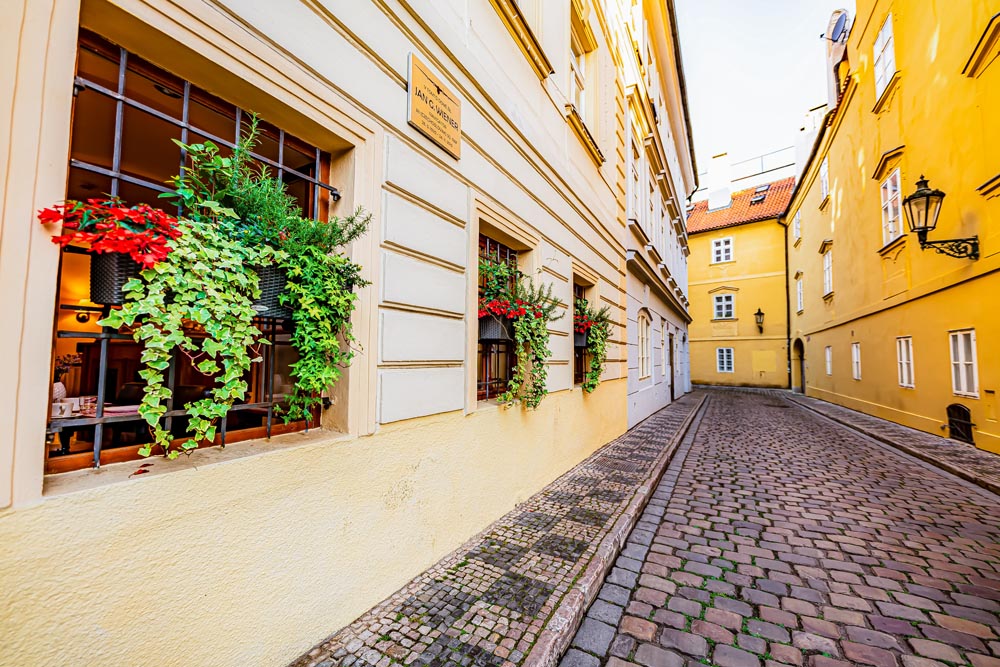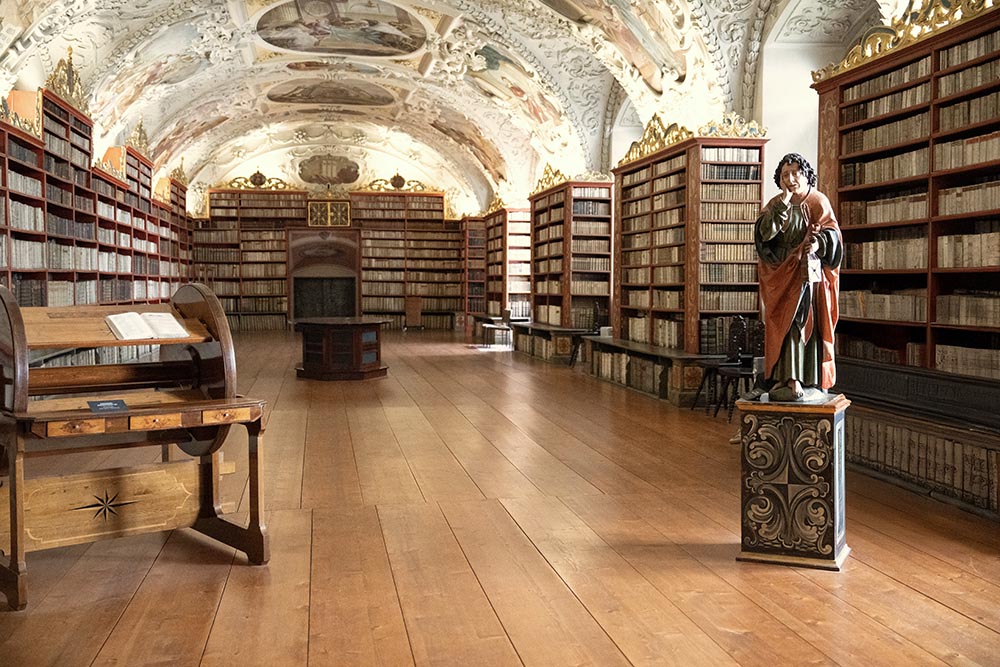Beyond Prague Exploring Czechia’s Hidden Gems
Escape the crowds! Discover Czechia's hidden gems outside Prague, from fairytale towns like Český Krumlov to Moravian wine cellars. Get the ultimate off-the-beaten-path itinerary.
Top 15 Hidden Photo Spots in Prague that Tourists Miss
Escape the crowds! Discover the Top 15 Hidden Photo Spots in Prague that tourists miss, including Vyšehrad, Kampa Island, and secret gardens. Get unique, stunning photos!
Discover Prague’s Secret Oasis: Why May is the Perfect Time to Visit Vrtba Garden
If you’ve ever scrolled through photos of Prague, you’ve seen the magic of the Old Town Square (Staroměstské náměstí). The pastel house...
Your Ultimate Photo Walk from Prague Castle to Letná Park
Follow this detailed Prague photo walk itinerary from Prague Castle to Letná Park. Capture iconic views, Lesser Town gems, and the famous bridge panorama at sunset!
Chasing the Light: My Essential Prague Sunset Photography Spots
Prague, the City of a Hundred Spires, transforms into a city of liquid gold and fire at sunset. As a photographer, there's no "golden h...
Stepping Into History: The Baroque Beauty of the Strahov Library in Prague
Tucked away in the historic heart of Prague lies one of Europe’s most stunning literary treasures — the Strahov Library. This photo cap...
Coffee, Camera, Cobblestones: My Ideal Photographer’s Day in Prague
Prague. The name alone conjures images of spires piercing the mist and medieval bridges. It’s a city built for the camera, but it’s als...
Saints Peter & Paul Basilica: Prague’s Hidden Neo-Gothic Masterpiece
Discover the Saints Peter and Paul Basilica in Vyšehrad, Prague — a stunning Neo-Gothic church with Art Nouveau interiors, royal history, and breathtaking views. A must-see hidden gem in the Czech Republic.
Prague Astronomical Clock: A Medieval Marvel in the Heart of Old Town
Prague’s Astronomical Clock: More Than Just TimekeepingLocated on the Old Town Hall Tower, the Prague Astronomical Clock (Orloj) is one...
The Fairytale Charm of Lednice Castle in the Czech Republic
Explore Lednice Castle, one of the most picturesque castles in the Czech Republic. Learn about its history, architecture, and why it's a must-visit destination in South Moravia.










